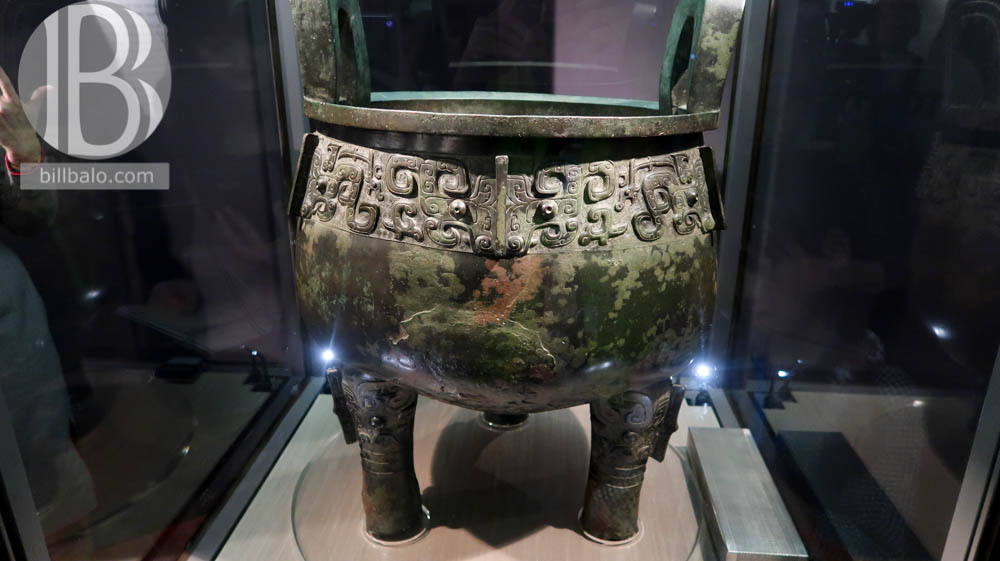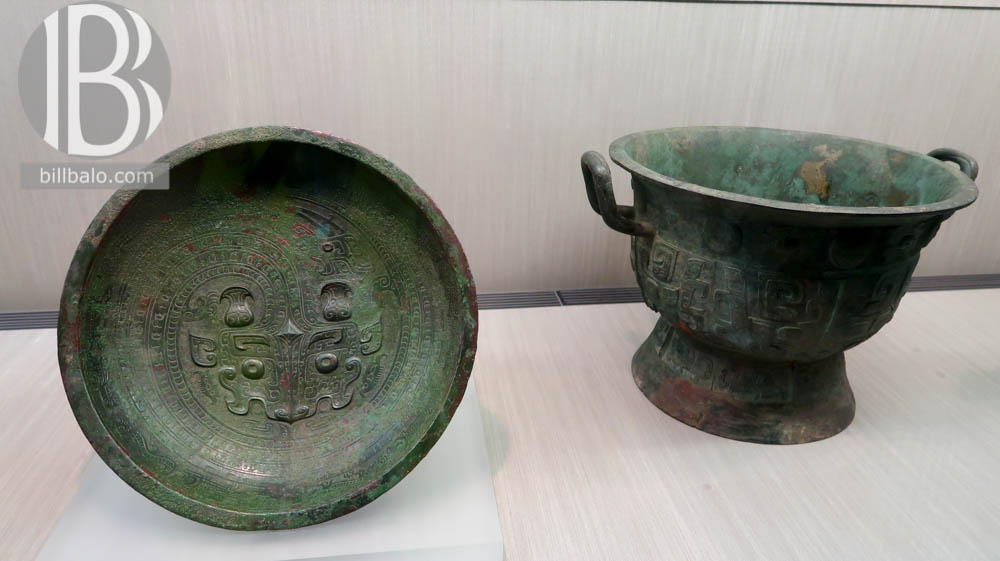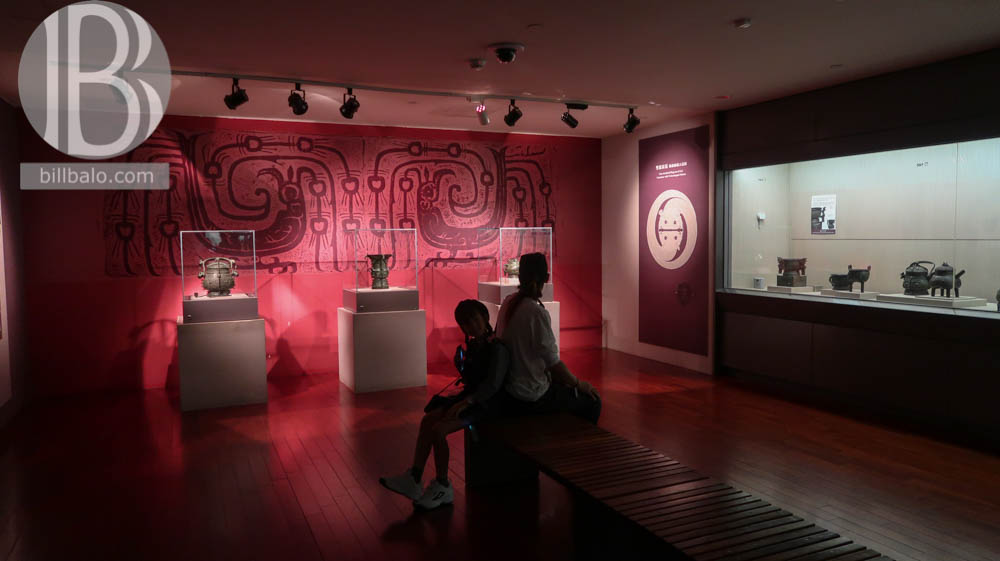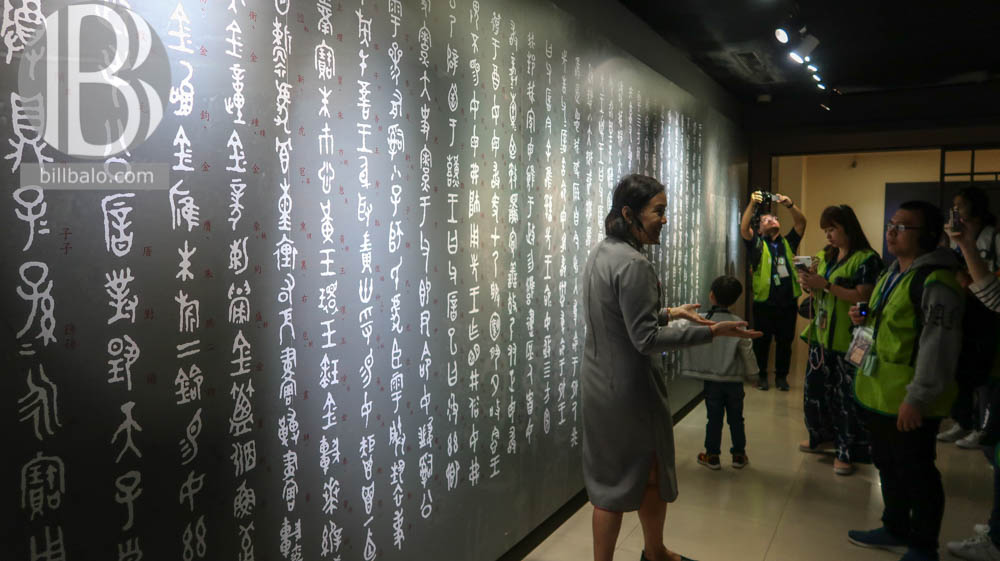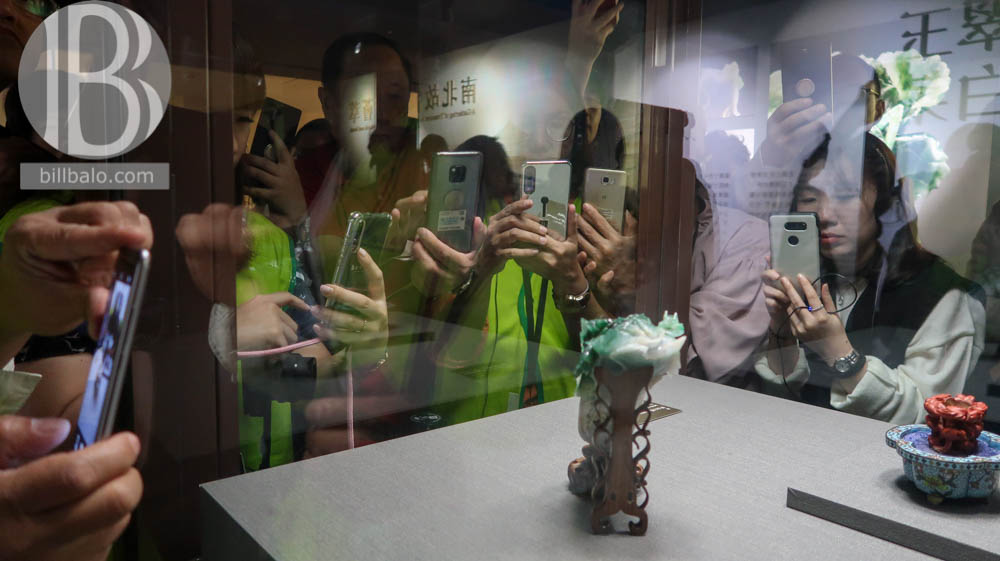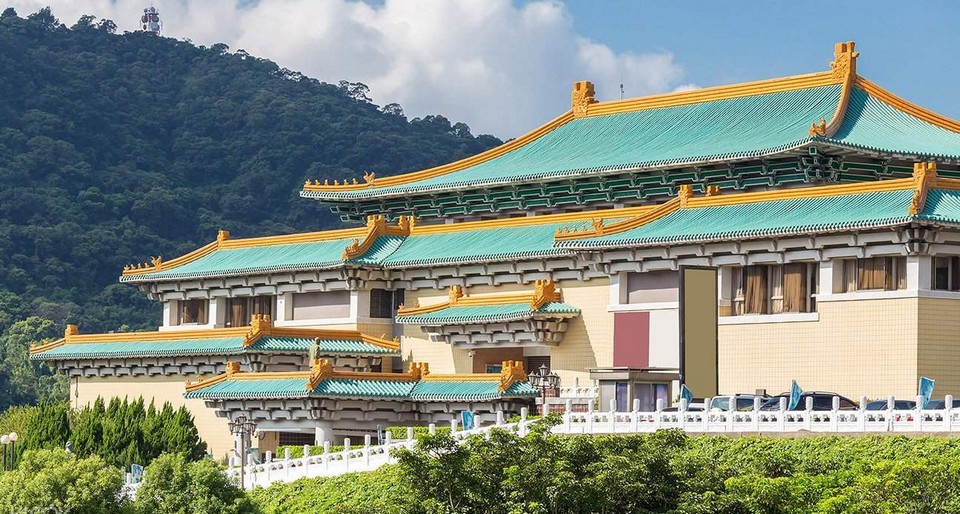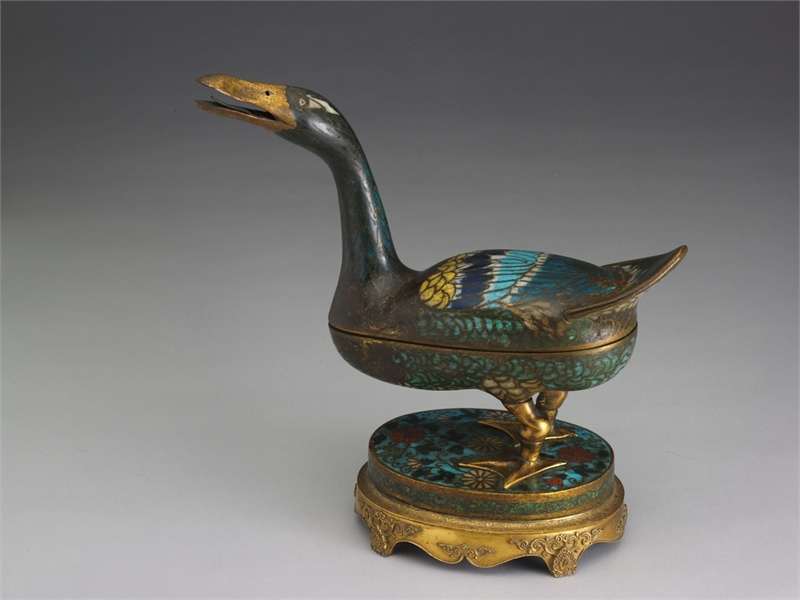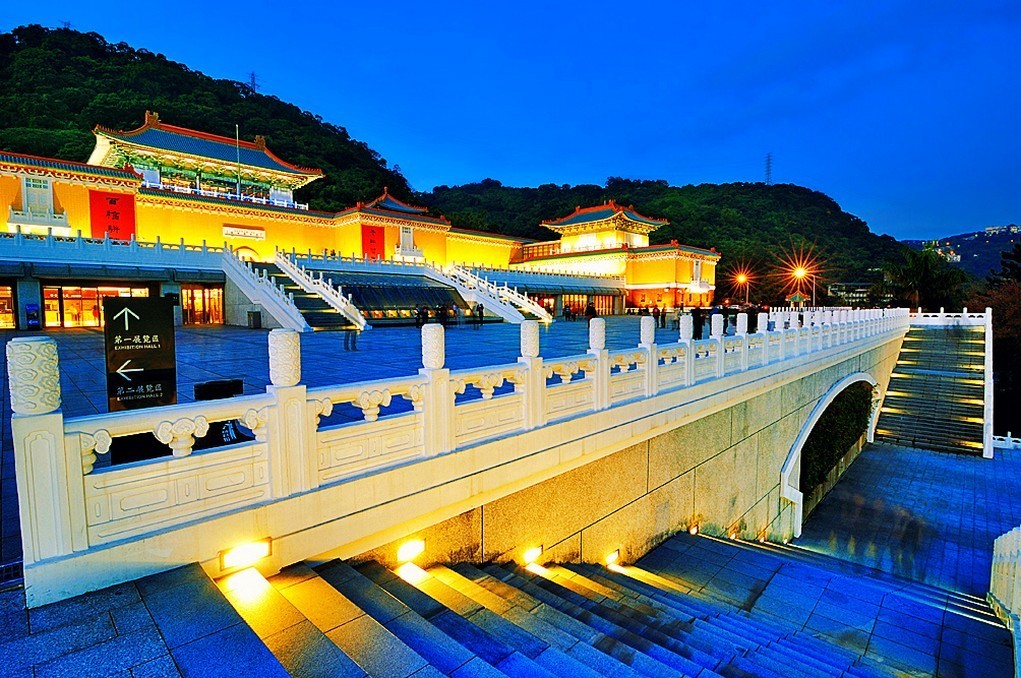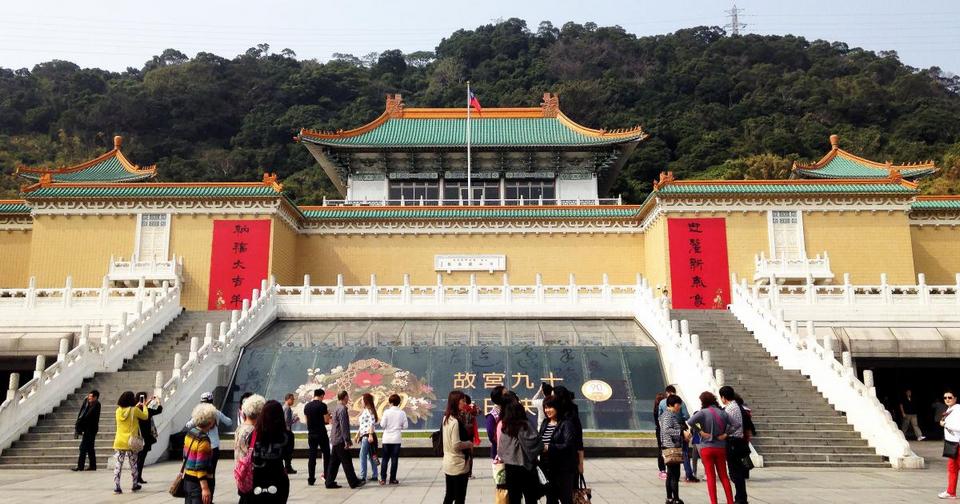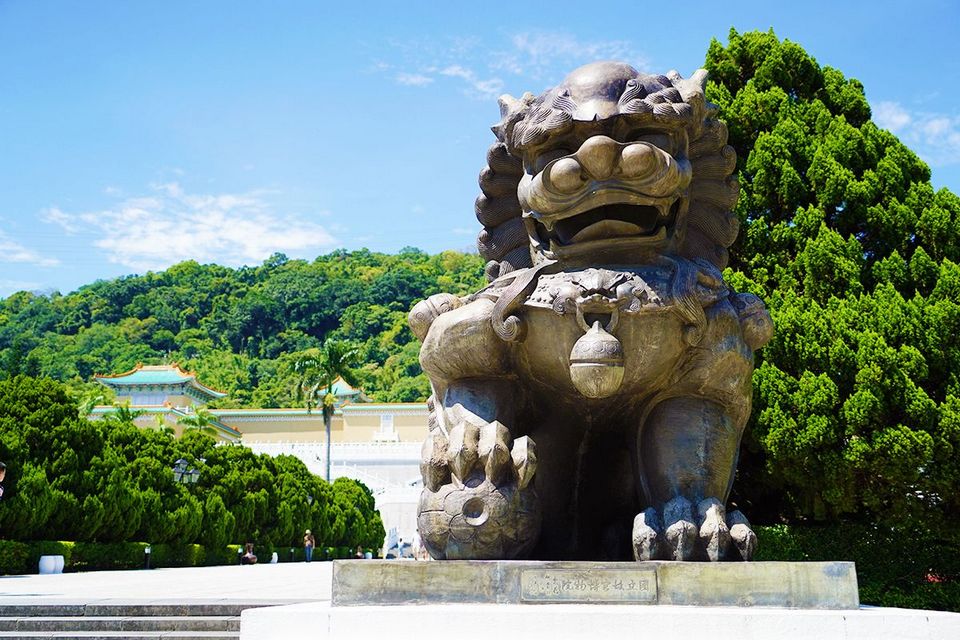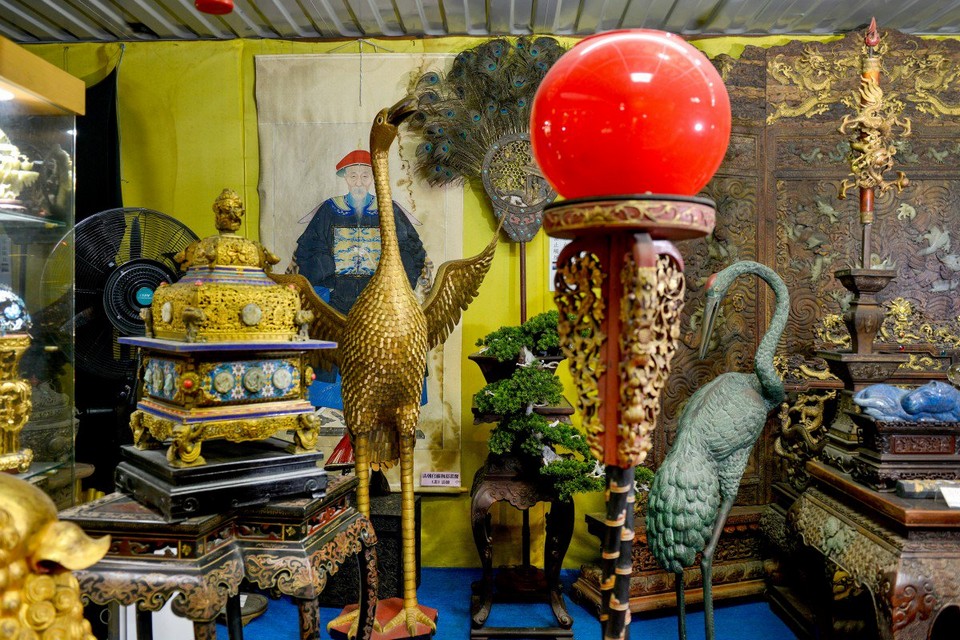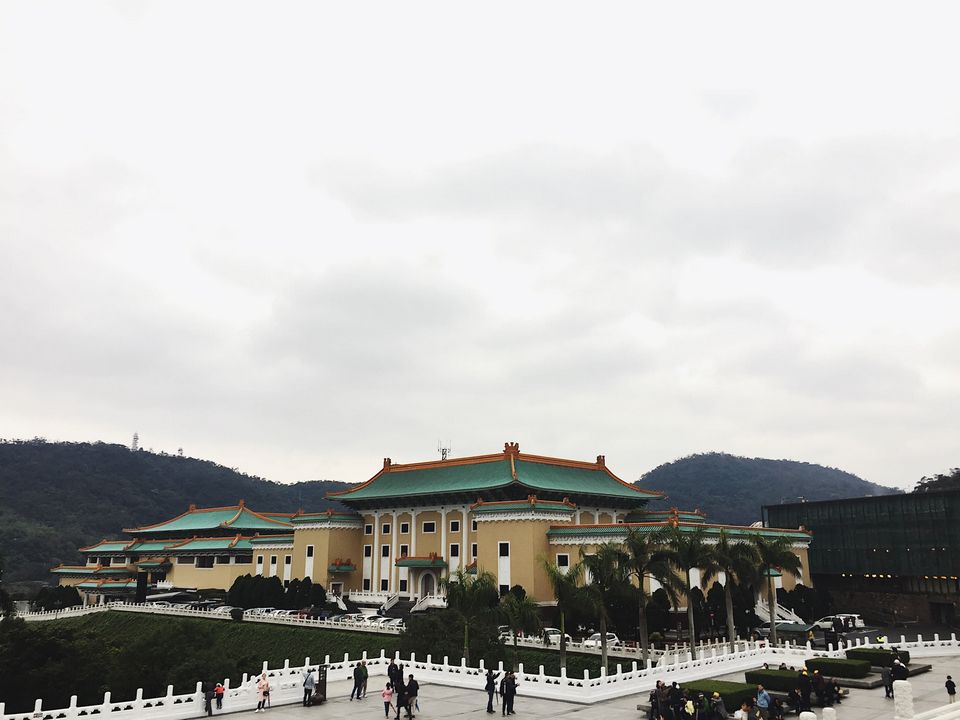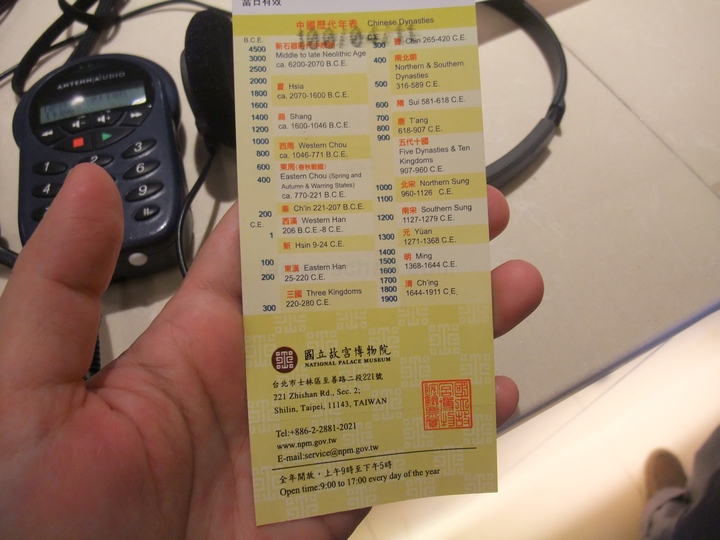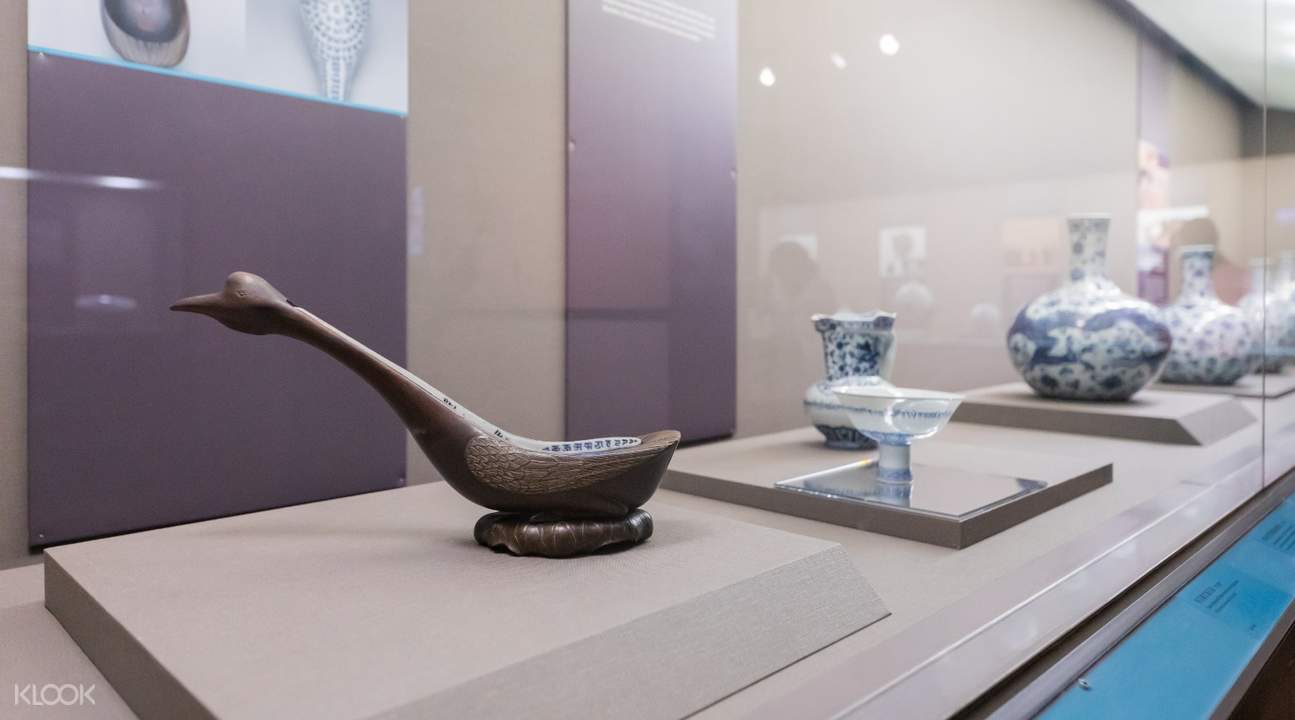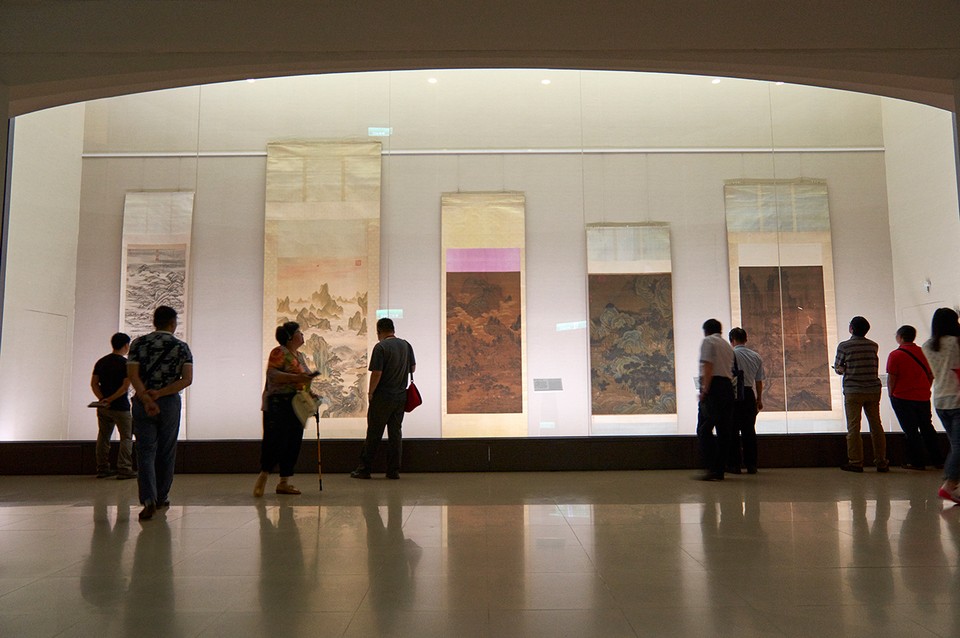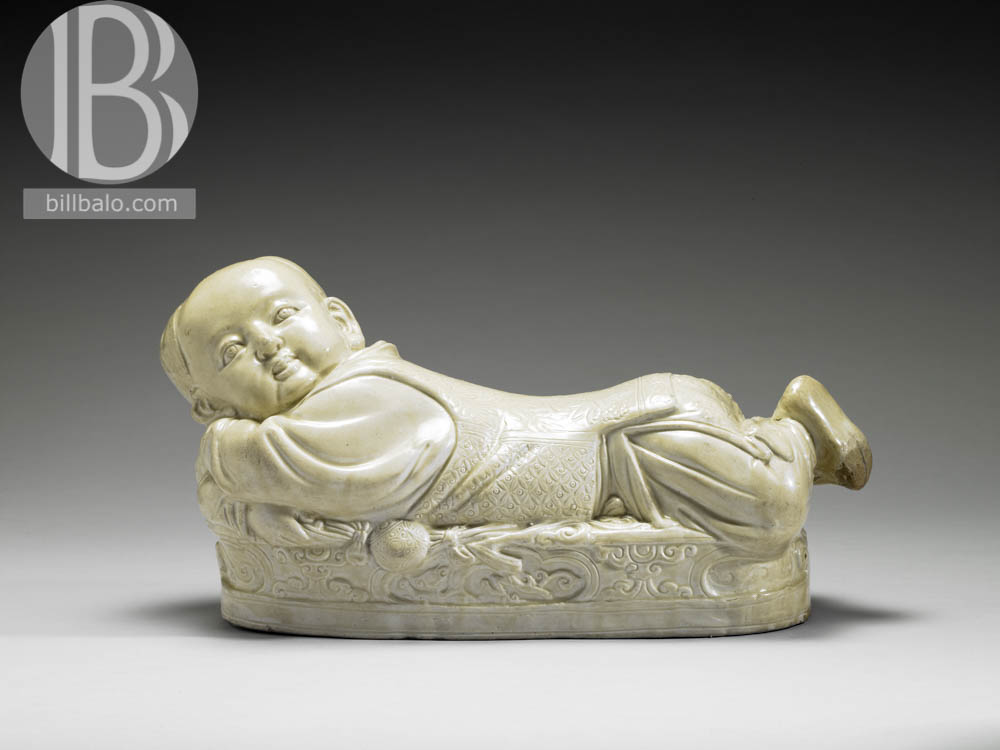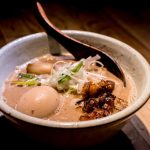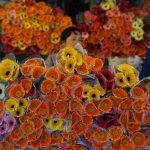Explore the National Palace Museum Taipei Taiwan — What to see in National Palace Museum Taipei?
Many tourists have little interest in visiting museums, however, this is not the case in Taiwan. Any museum in Taiwan is large, gorgeous, and full of meaning. Today, come along with me as I tour the National Palace Museum in Taipei, Taiwan. This is a museum that every visitor to Taipei should see at least once. So, what’s new and what should you visit at the National Palace Museum in Taipei, Taiwan? And find out the answer, see my National Palace Museum Taipei blog to uncover some unique items at one of Taiwan’s most famous museums!
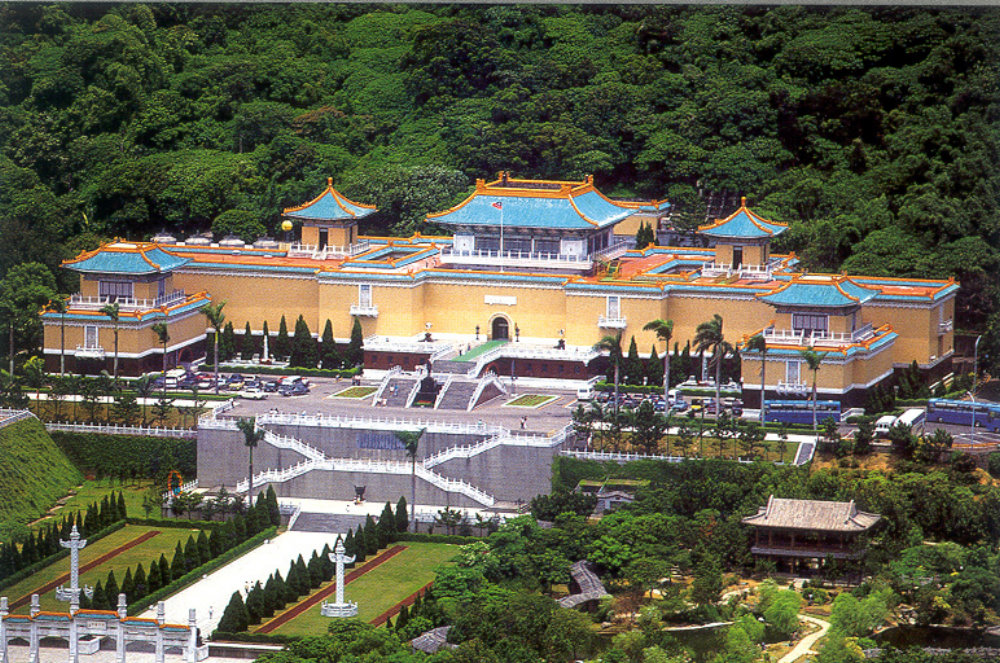

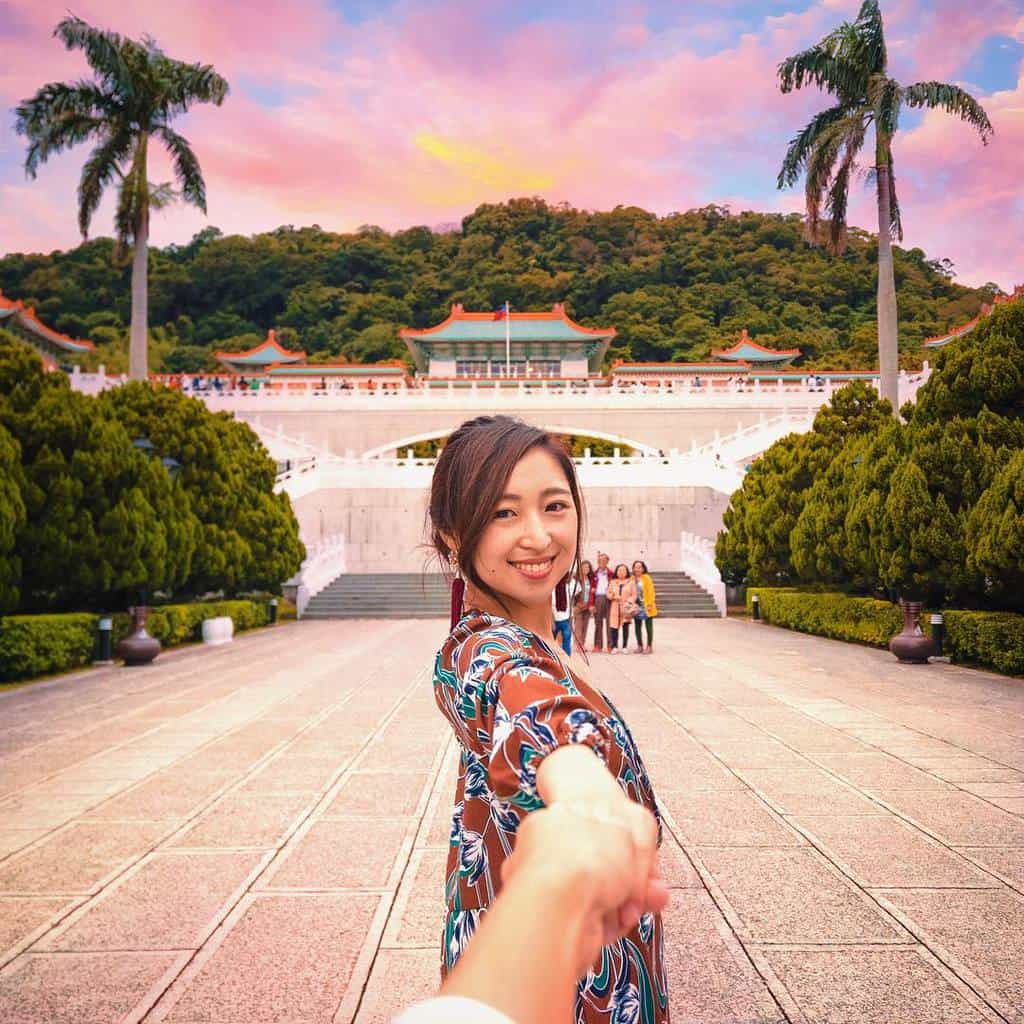
The National Palace Museum Taipei is a museum in Taipei’s Shilin District (National Palace Museum Shilin District Taipei City Taiwan). It has about 697,000 relics from Chinese history, making it one of the world’s largest museums for royal treasures and works of art. From the Neolithic period until the end of the Qing Dynasty, the collection spans over 10.000 years of Chinese history. The majority of the collections are high-quality specimens maintained by Chinese emperors.
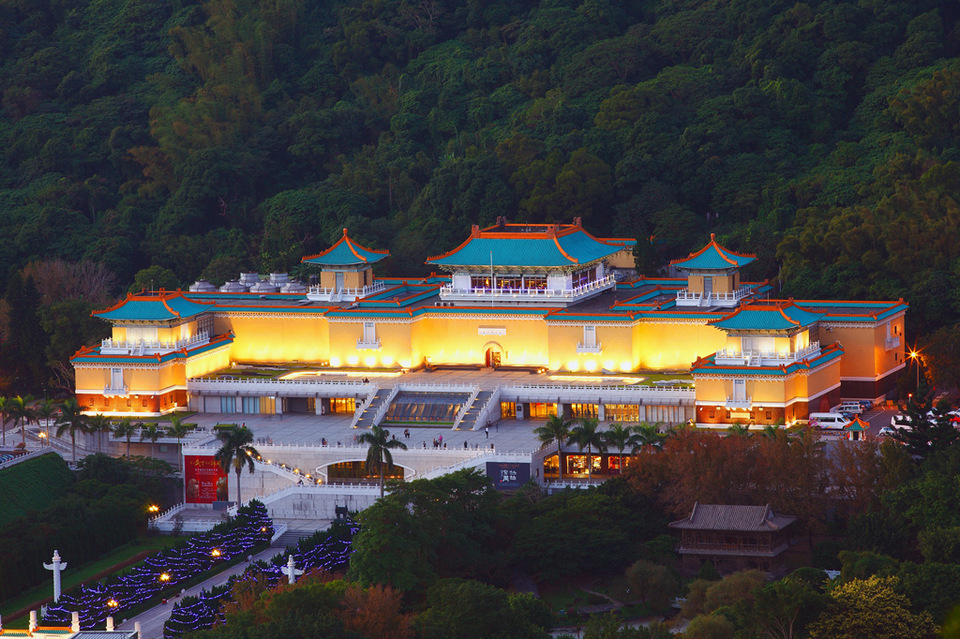
The National Palace Museum in Taipei, Taiwan, and the Palace Museum in China’s Forbidden City in Beijing share a common ancestor. As a result of the Chinese Civil War, they were separated into two parts: the Republic of China (Taiwan) and the People’s Republic of China (Mainland China). In English, the Museum in Taipei is distinguishable from its counterpart in Beijing by the addition of the term “National.” In China, the museum in Taipei is known as the “Old Palace Museum of Taipei,” whereas the museum in Beijing is known as the “Old Palace Museum of Beijing.”
Isn’t it exciting only to hear about it briefly? The National Palace Museum has an additional southern branch in Taibao, Chiayi City. I’ll devote a separate piece to introducing the National Palace Museum’s southern section. For the time being, let’s learn more about the National Palace Museum in Shilin, Taipei.
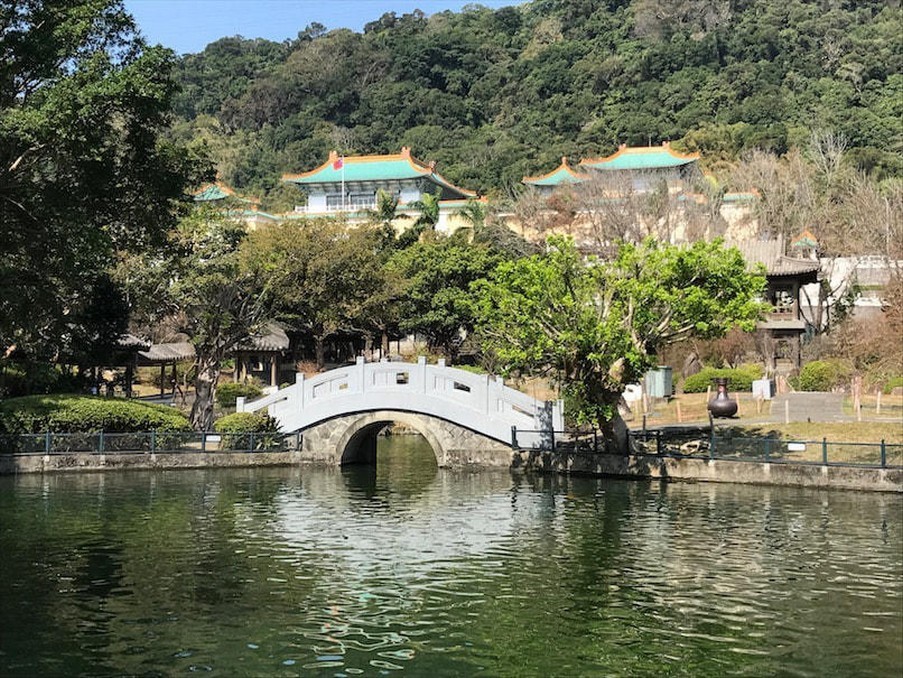
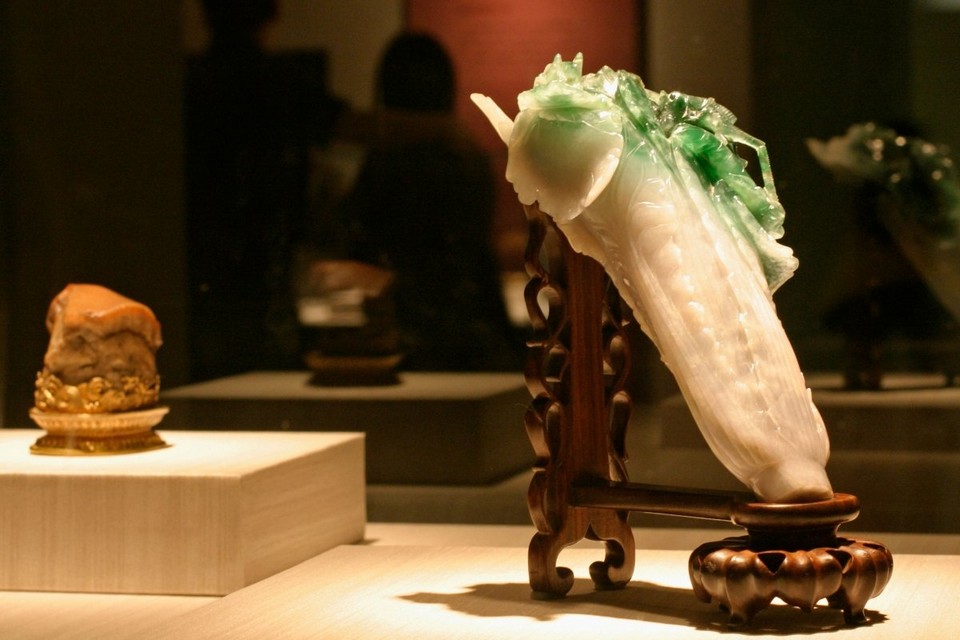
How to get to National Palace Museum Taipei?
There are several methods to travel to the National Palace Museum Taipei, but the most frequent is to use the MRT and public buses. Shilin MRT Stop is the most popular rail station for visiting the National Palace Museum. There are, however, two more metro stations nearby the National Palace Museum: Dazhi MRT Station and Jiannan Rd. MRT Station. Now I’ll show you how to get to each railway station via bus. After reading, you will understand quickly if you look at the image below, which is quite easy.
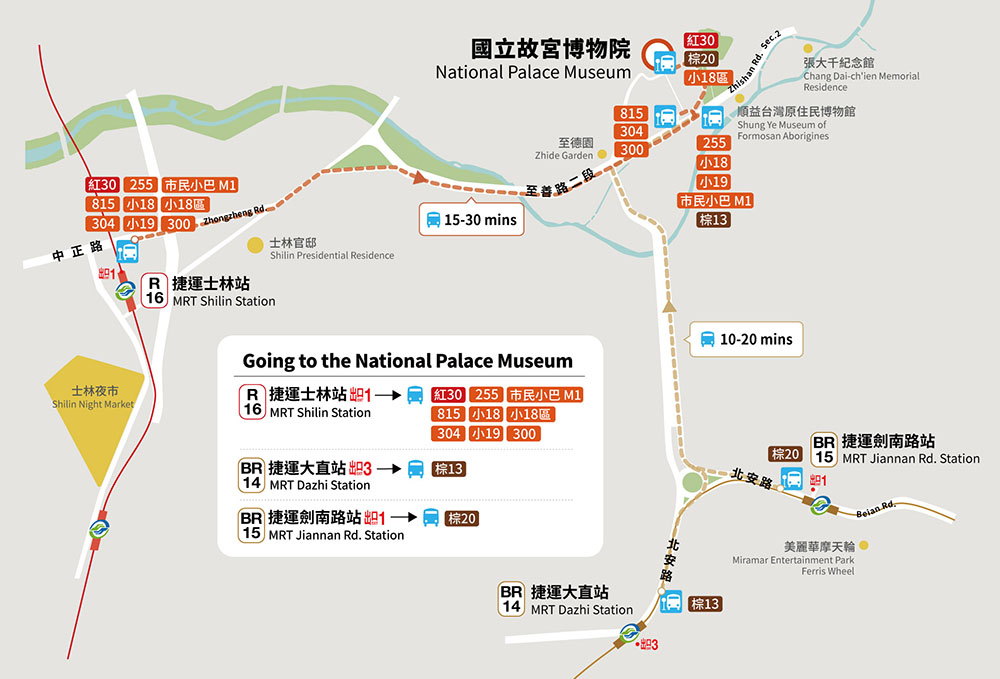
From MRT Shilin Station: After arriving at MRT Shilin Station, you exit at Exit 1, towards ZhongZheng Rd. From here, you can catch a lot of buses to go to the National Palace Museum. They are: R30 (Red 30), minibus 18 or 19, or bus 255, 304, 815. The travel time is about 15 – 30 minutes to reach the National Palace Museum.
From MRT Dazhi Station: After reaching MRT Dazhi Station, you exit at Exit 3. From here, take the B13 bus (Brown 13). Going from Jiannan Rd. MRT Station: After reaching MRT Jiannan Rd. Station, you exit at Exit 1. From here, take the bus B20 (Brown 20). About 10-20 minutes on the bus to reach the National Palace Museum.
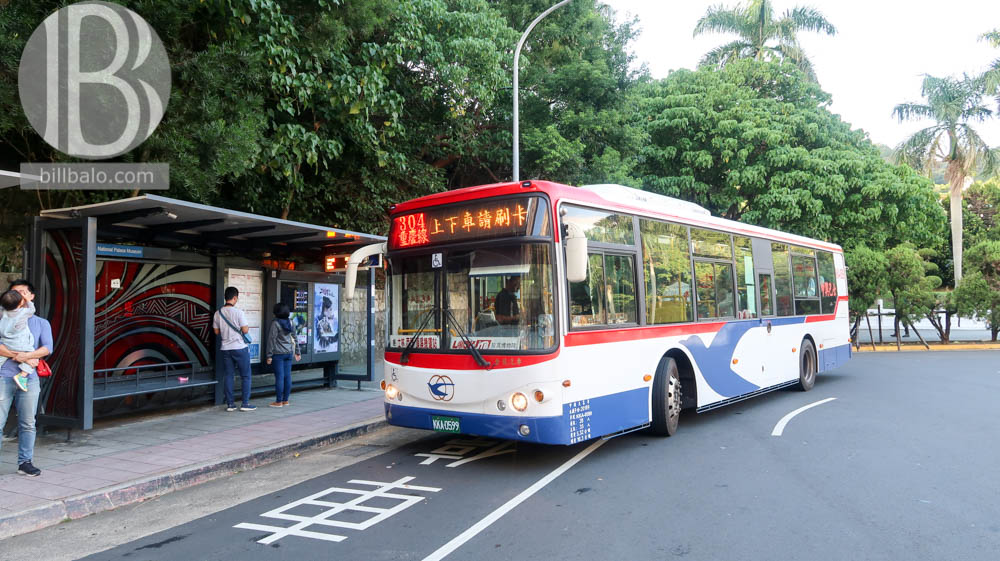
Alternatively, we may take the Shuttle Bus from Taipei 101 directly to the National Palace Museum. Starting at 11:00 p.m. and continuing every hour until 16:00 p.m., there will be a bus every hour (4pm). To get to this Shuttle Bus stop, leave the Taipei 101 MRT station/World Trade Center Station at Exit 4, turn right at City Hall Rd., and look for the KKDay Shuttle Bus Stop. The Shuttle Bus from Taipei 101 to the National Palace Museum stops here.
Entrance tickets to the National Palace Museum Taipei
There is a lot of information here about the National Palace Museum ticket price in Taipei, Taiwan, but I will outline the most fundamental facts, which you can use to discover the fascinating in the Museum. The adult base fare (as of November 2019) is NT$ 350/person.
International students studying in Taiwan can get reduced tickets for NT$ 150 per person. So, if you are a Vietnamese student studying in Taiwan and want to visit the National Palace Museum Taipei, all you need to do is produce your student ID and you will receive a discount of only NT$ 150/person.
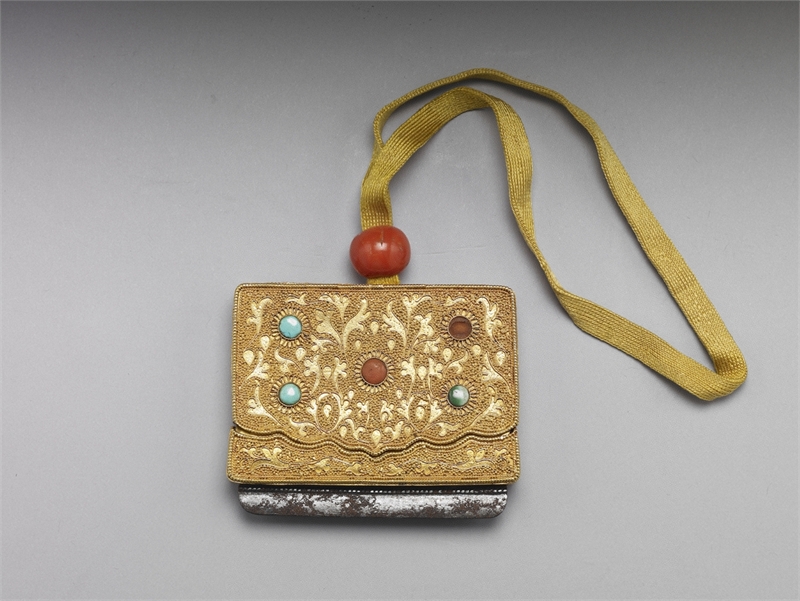
Free entrance tickets for the following cases, I will only say those cases are applicable to international tourists only:
- Those who are 17 years old or younger (proving by passport).
- The disabled and a free ticket for 1 accompany.
- Volunteers have volunteer cards approved by a legal organization in Taiwan.
Audio guide in the National Palace Museum Taipei
Don’t worry about not understanding the stories about history, culture, and exhibits if you walk inside the museum. You just need to hire an automatic audio guide device in the National Palace Museum, and you may actively tour the Museum according to your preferences, without the guide or the speakers.


The cost of a single audio guide is NT$ 150. You must provide your passport or, if you do not have ID, you must deposit up to NT$ 3.000. Another unique feature is the Museum’s Kids Multimedia Guide for children aged 7 to 12, which is available in both English and Chinese. The cost of renting the Kids Multimedia Guide is 100 NT$.
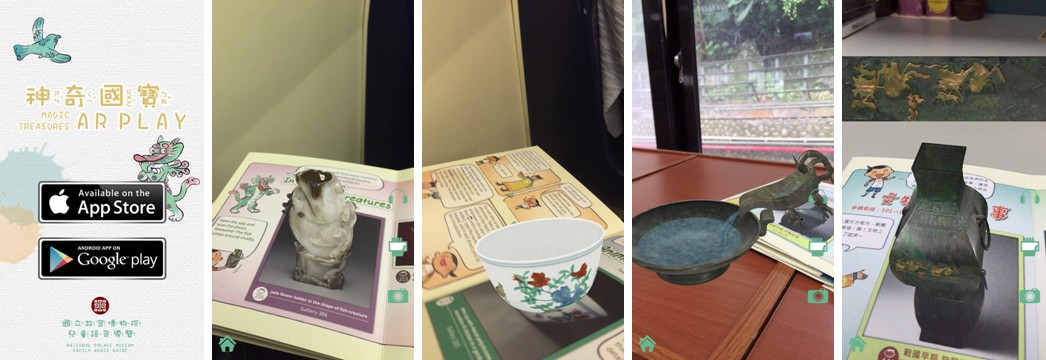
You may also be confident that, despite having thousands of visitors every day, several hundred people in one location to see at the same time, the National Palace Museum is exceptionally peaceful without being made noisy by too many speakers. This is because the National Palace Museum Taipei has a rule that requires all groups of 10 or more individuals who buy tickets to visit in groups to use hearing aids. The teacher will talk into the microphone at a modest volume, but the rest of the group will be able to hear it since they are wearing headphones.
What to see in National Palace Museum Taipei?
There are numerous valuable items on exhibit in the National Palace Museum Taipei, it goes without saying. The museum includes three levels dedicated to showcasing relics and pieces of art. Please pay close attention to the numbers below to learn about the valuable items on each floor.
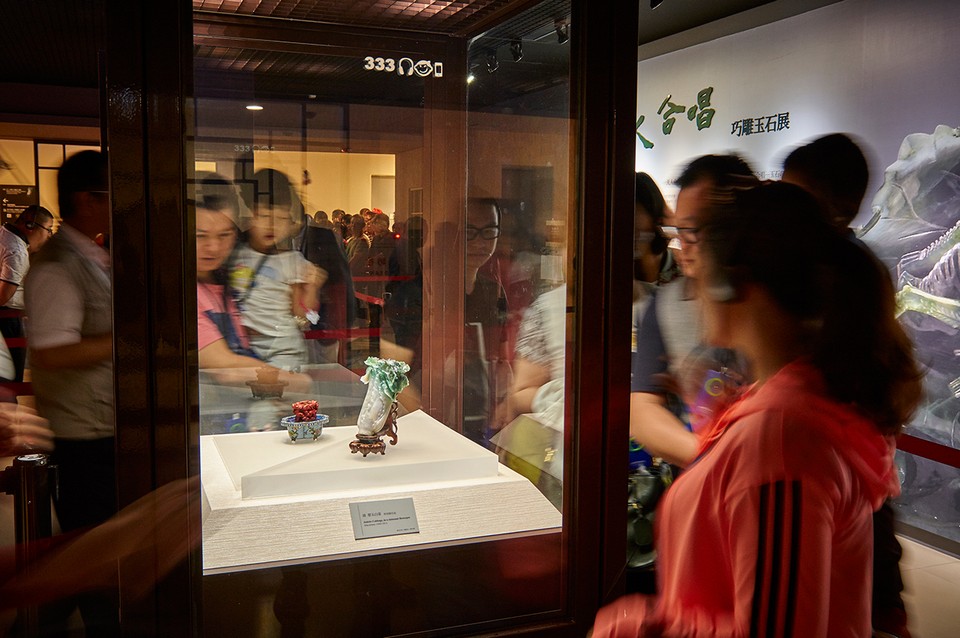
Some typical artifacts on the first floor:
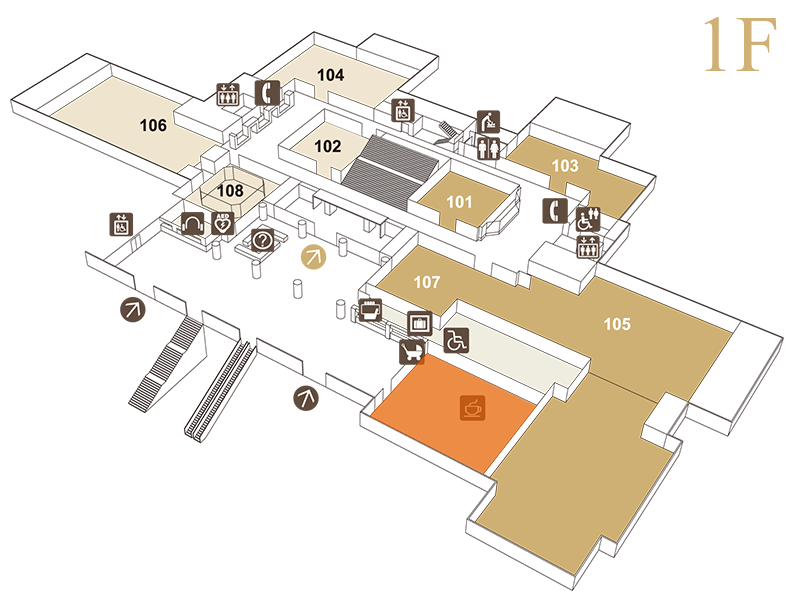
- 106: A Garland of Treasures – Exhibition of craft collection of Manchu period, represented by concentric sphere made of ivory with human motif in flower frame.
- 108: Display the gorgeous furniture from the Qing Dynasty, represented by a 5-axis recliner decorated with rattan and bat motifs
- 101: Compassion and wisdom – The religious art of the Northern Wei Dynasty, represented by a gold-plated bronze Buddha statue
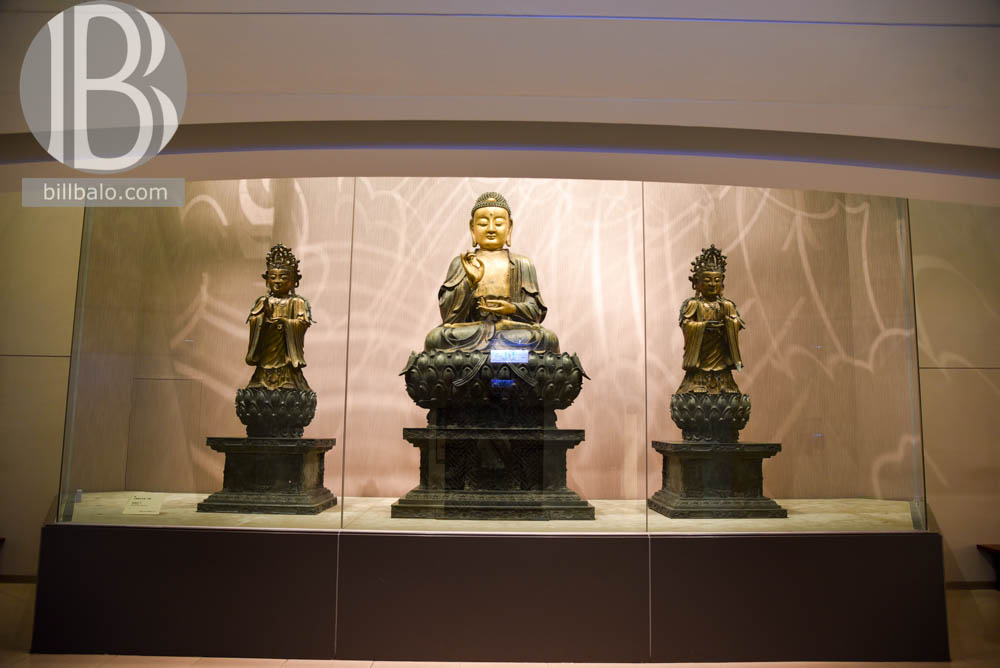
Some typical artifacts on the 2nd floor:
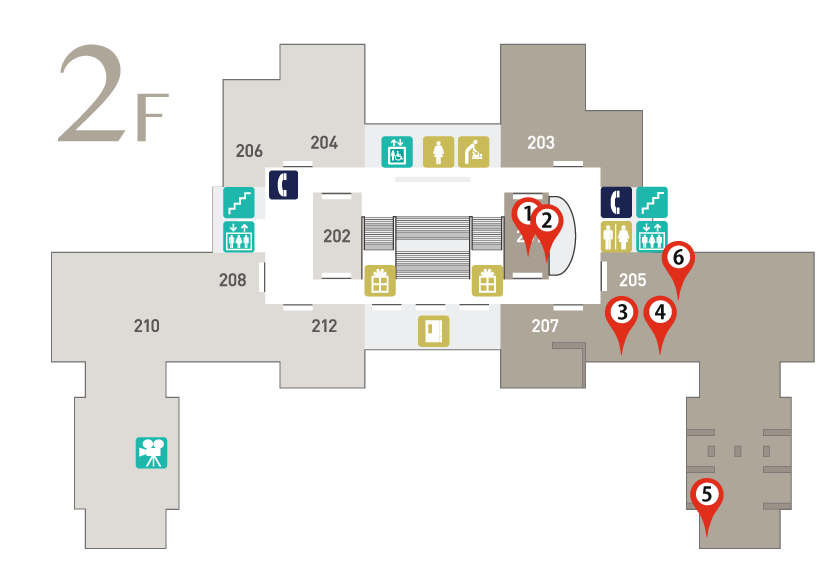
- 203: Special exhibition of antiques of the Ming Dynasty, represented by the figure on the cover of Qing Hua pottery
- 201, 205, 207: The art of molding – Exhibition of a collection of ceramic quintessence in the Northern Song Dynasty, represented by children-shaped pillows of white porcelain.
- 202 ,204, 206, 208, 210, 212: Tang Dynasty Painting Exhibition Area.
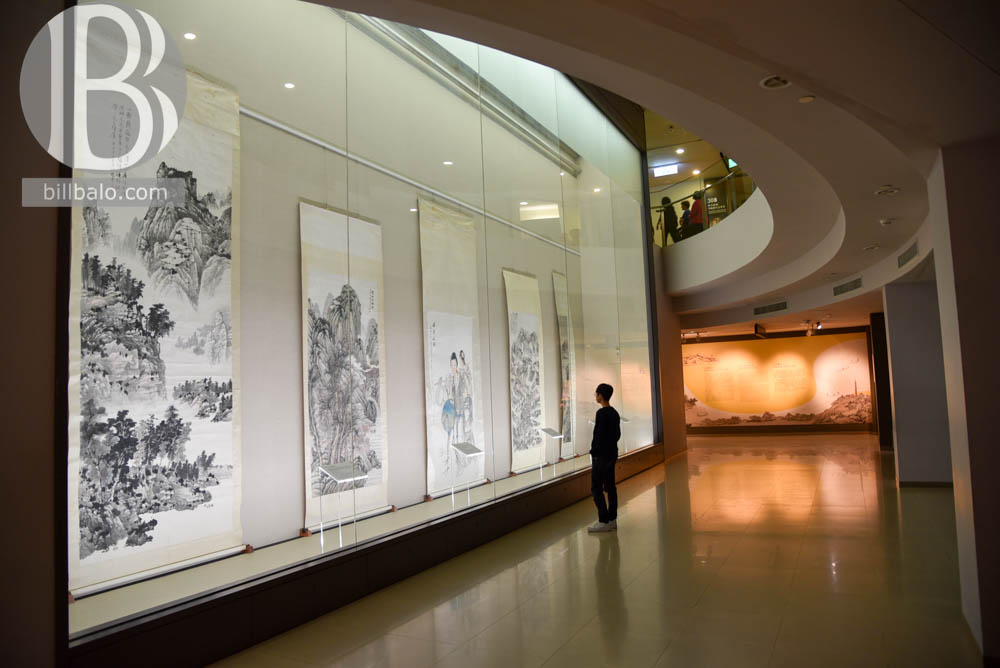
Some typical artifacts on the 3rd floor:
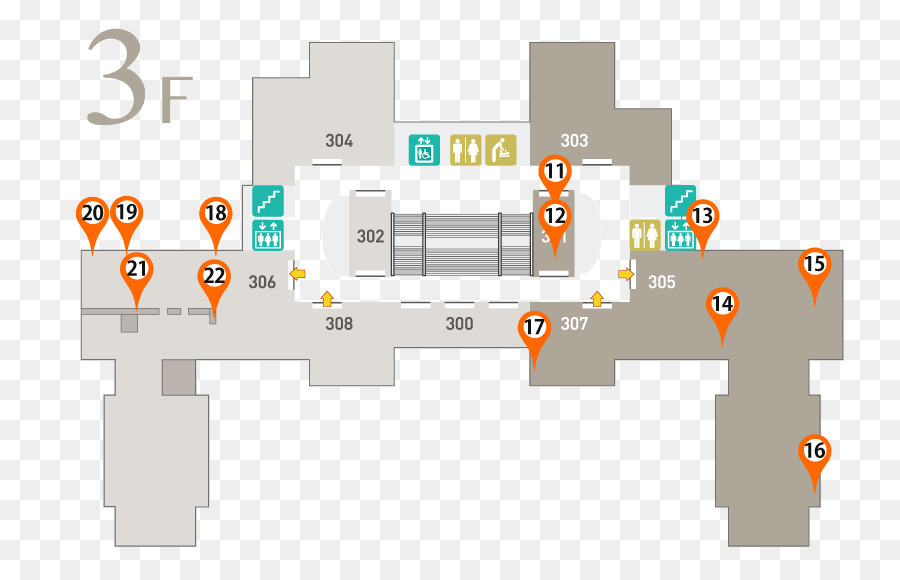
- 302: A Gathering of Treasures in the National Palace Museum North and South, represented by Jadeite cabbage.
- 303, 304: Special exhibition gallery of Qing Dynasty’s artifacts, represented by Incense burner white jade with vertical pattern.
- 305, 307: The quintessence of bronze casting art (Rituals In Bronze) – Exhibition of the collection of bronze quintessence at the end of the Western Zhou Dynasty, represented by Mao Gong Ding (Cauldron of Duke of Mao).
- 306, 308: Art in Quest of Heaven and Truth – An exhibition of a collection of the quintessence of jade at the end of Longshan, Shandong culture (2200 – 1900 BC), represented by Jadeite.
